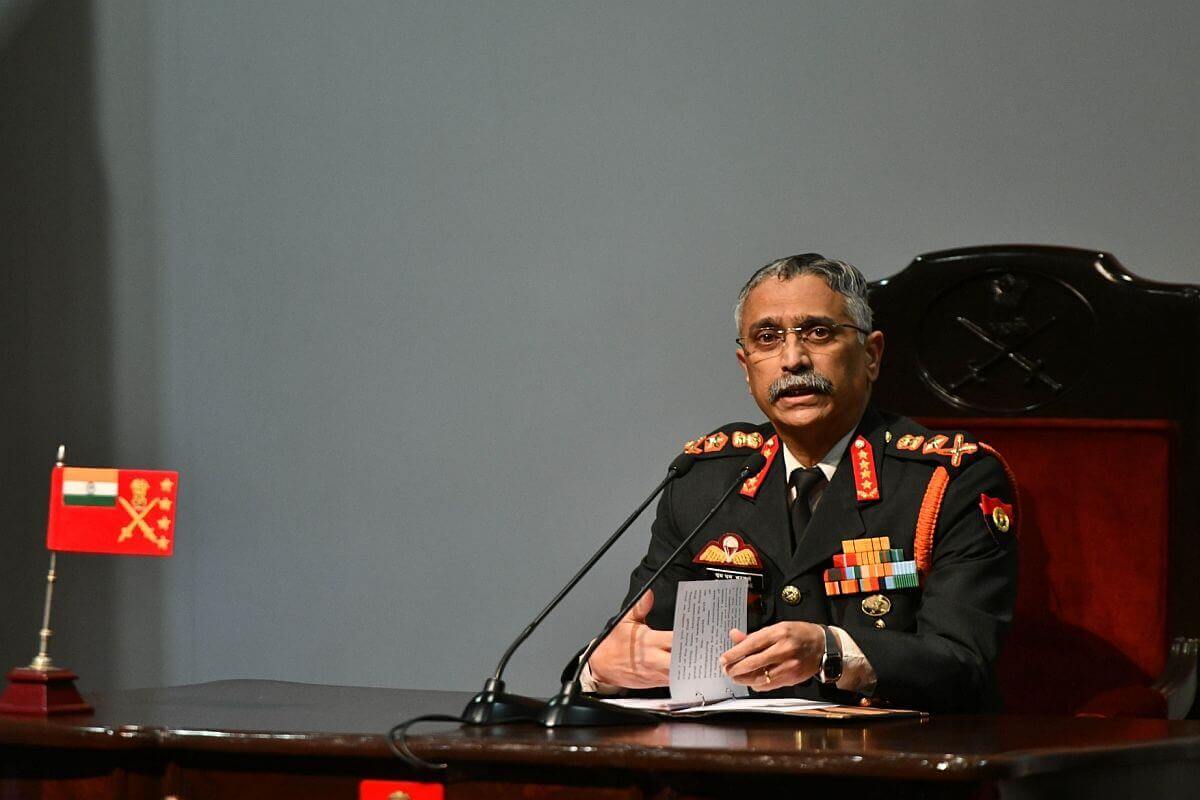After the rekindling of tensions along the Line of Actual Control (LAC) in recent weeks, what initially seemed to be unrelated minor border incidents, has potentially emerged well-coordinated and deliberate incursion by China into Indian territory.
Earlier this month, Indian and Chinese troops clashed at two points along the LAC, leaving personnel on both sides injured. Multiple media reports suggested that troops on both sides were involved in a scuffle in both Naku La sector in Sikkim and in an area near Pangong Tso, a lake in Ladakh. After that incident, the Army downplayed the incidents, saying that “temporary and short duration faceoffs between border guarding troops do occur as boundaries are not resolved”. In fact, the statement was careful not to place the blame solely at the feet of the Chinese troops, saying that the incidents were the outcome of “aggressive behaviour by both sides”.
Following these incidents, there were also some unconfirmed reports about standoffs between the two sides in the Ladakh sector at two points, namely Demchok and Galawan Valley.
Over the last couple of days, however, based on information given by sources in the government, several media reports confirm that Chinese troops have entered Indian territory in multiple places in the Galawan valley in an area known as the “Hot Springs” in eastern Ladakh. While the increasing build up on the Chinese side of the border is evident, there are conflicting reports about the number of Chinese soldiers that have actually entered undisputed Indian territory.
Amid this escalating situation, Indian Army Chief General Manoj Mukund Naravane visited the corps headquarters in Ladakh to assess the situation and to take stock of the tactical developments on the ground. Furthermore, the Indian Army has been matching the Chinese build-up in both Pangong Tso lake and the Galwan Valley. The Indian troops are also resorting to “aggressive patrolling” in several sensitive areas, including Demchok and Daulat Beg Oldi.
In the last week, local commanders from both the sides held at least five meetings, during which the Indian side took strong note of the People’s Liberation Army (PLA) erecting a large number of tents in the Galwan Valley, an area which India considers to be on its side of the LAC.
What is worrying is the fact that Galwan is not considered to be a disputed area. In fact, it is a “settled area” that has witnessed hardly any Chinese transgression over the years. In fact, it has seen only six transgressions in the past five years, which makes the current situation all the more alarming. The incident in Sikkim, too, is somewhat unexpected, as the contours of the LAC are broadly agreed upon by both sides, even if they are not delineated.
A report by The Indian Express shows that 80% of Chinese transgressions across the LAC since 2015 have taken place in four locations. Unsurprisingly, three out of the four places are located in eastern Ladakh. Pangong Tso, Trig Heights, and Burtse are the three places along the LAC which have witnessed two-thirds of the total transgression across the LAC. Similarly, the Chinese Army crossed into Indian territory 1025 times between 2016 and 2018. The Chinese Army committed 273 transgressions in 2016 and 426 in 2017.
Faceoffs and standoffs occur along the LAC in multiple areas where both countries have overlapping claims. When patrols counter each other in some of the contested zones where there are differing perceptions of the LAC, such incidents occur. But in recent times, local protocols–and protocols agreed to in 2005 and 2013–have not been always adhered to.
China’s behaviour with India fits within a broader pattern of it taking advantage of the COVID-19 pandemic to advance its often illegitimate territorial interests, similar to its actions in the South China Sea. Nevertheless, the exact reasons and motivations guiding the Chinese side remain unclear.
In 2017, at Doklam, near the same Bhutan tri-junction, Indian and Chinese troops engaged in a 73-day stand-off, triggering fears of a war between the two nuclear-armed neighbours. However, this did not come to pass. In fact, tor the past four decades, India and China have policed the border without firing a single bullet. Therefore, there are legitimate hopes that the tension will defuse without further escalations.
Image Source: The Statesman
Multiple Chinese Army Incursions Reported Along LAC, Indian Army Chief Takes Stock
May 25, 2020

